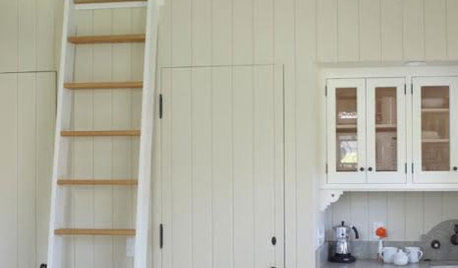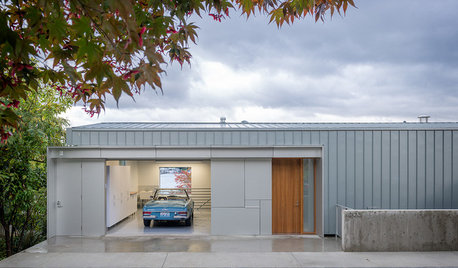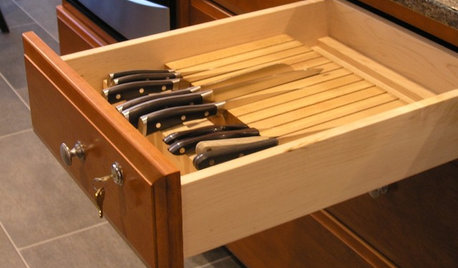Large lot size & going organic
seven333
15 years ago
Related Stories

SMALL HOMESEasy Green: 10 Tiny Homes That Live Large
Go ahead, micromanage. These 10 inventive spaces show how to pack a lot of living and style into small square footage
Full Story
INSPIRING GARDENSFrom Concrete Lot to Gracious Organic Garden in Seattle
Plants, pests and even weeds have a place in this landscape, which offers an edible bounty and a feast for the eyes
Full Story
MOST POPULAR10 Reasons to Get Rid of More Clutter
From a calmer mind to a more workable closet, the benefits of streamlining are just a few trash bags away
Full Story
BATHROOM DESIGNGo Au Naturel in the Bath With Beautiful Stone
Add rocks and pebbles to your bathroom design for organic texture and practicality too
Full Story
PRODUCT PICKSGuest Picks: Large Artwork for Your Space
Go big with 20 large-scale art finds for every room in the house
Full Story
KITCHEN DESIGNSee-Through Refrigerators Dare to Go Bare
Glass-front fridge doors put your food and drinks on display, for better or worse. See the benefits and disadvantages
Full Story
ECLECTIC STYLEBeautiful Clutter? These 13 Rooms Say Go for It
No need to haul cartons to Goodwill for a picture-perfect room. You can have a well-decorated home and all your stuff too
Full Story
LIFE10 Beautifully Simple Ways to Go Greener in the New Year
You may just find more green in your wallet along the way
Full Story
CLOSETS8 Dream Closets Go Beyond Storing Clothes
Yes, they've still got hangers and drawers. But these luxurious dressing rooms also have views, artwork or an added purpose
Full Story
REMODELING GUIDESFrom the Pros: 8 Reasons Kitchen Renovations Go Over Budget
We asked kitchen designers to tell us the most common budget-busters they see
Full StorySponsored






Kimmsr
seven333Original Author
Related Professionals
Redondo Beach Landscape Architects & Landscape Designers · Tempe Landscape Contractors · Brunswick Landscape Contractors · Federal Way Landscape Contractors · Lebanon Landscape Contractors · McLean Landscape Contractors · Mesa Landscape Contractors · North Chicago Landscape Contractors · Winter Gardens Landscape Contractors · Alameda Driveway Installation & Maintenance · Anaheim Fence Contractors · Canton Fence Contractors · Green Valley Fence Contractors · Saint Louis Park Fence Contractors · Lomita Fence Contractorsdchall_san_antonio
seven333Original Author
dchall_san_antonio